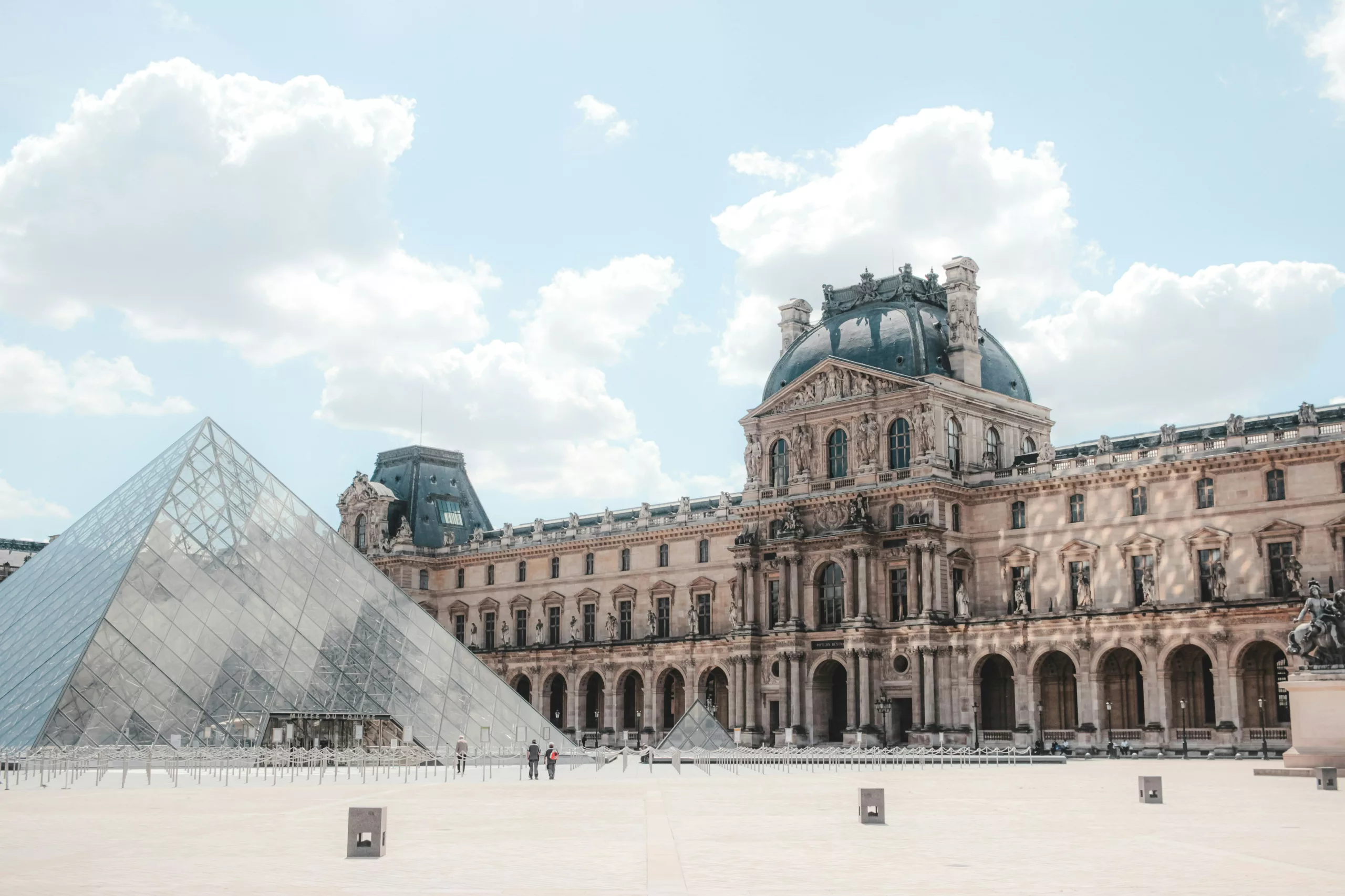Mona Lisa, Venus di Milo, Liberty Leading the People. The Louvre is home to thousands of precious art pieces, and books and guides abound on all the treasures to be found inside the museum. But the history of the Louvre building itself is arguably as fascinating as the many canvases and statues it stores. Today, the Louvre is one of the most famous art museums in the world, but these buildings didn’t always serve this purpose. The history of this iconic museum has seen and survived multiple wars and républiques. Here’s a brief history of the Louvre with its different eras and how best to enjoy a visit today.
The Many Lives of the Louvre
The Louvre Today
In 2022, the Louvre welcomed an average of 25,000 daily visitors, per Statista. For your visit to the Louvre, be sure to wear comfortable shoes because you have lots of ground to cover. “It would take you around 200 days to see each of the 35,000 works of art on display at the museum if you took 30 seconds to see each and every piece,” according to an article in Condé Nast Traveler.
The First Eras

We need to turn the clock back nearly a millennium to understand the origins of the Louvre. In 1190, it was originally built as a fortress under Philippe Auguste, according to the Louvre. In 1364, it became a royal residence. Over the years, the Louvre has evolved. “Almost every subsequent French monarch extended the Louvre and its grounds, and major additions were made by Louis XIII and Louis XIV in the 17th century,” according to History.com.
The Museum Era
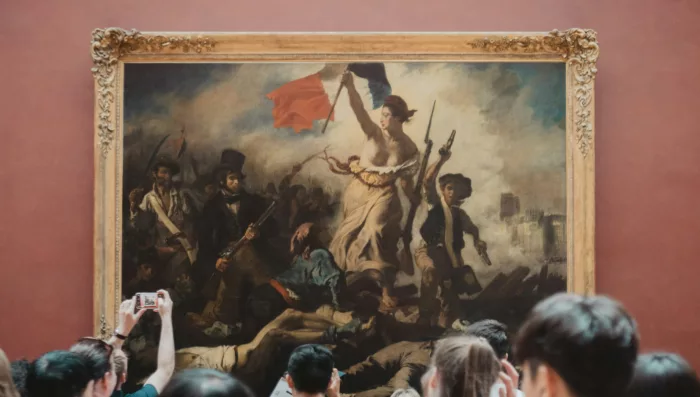
After wearing several hats, the Louvre eventually found its enduring purpose. In 1793, it was inaugurated as the Musée Central des Arts, according to a Louvre press release. In 1803, Napoleon so humbly changed the name to Musée Napoléon, according to his eponymous foundation. It was later changed to the Louvre, but you can still find mentions of Napoleon throughout the museum.
World War II Era
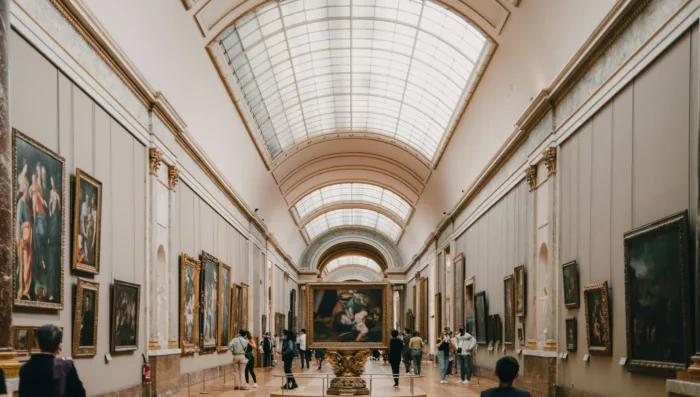
Charles de Gaulle, Winston Churchill, Franklin D. Roosevelt. When studying World War II history at school, we learn about important names from this period, including these leaders. But one name you probably haven’t heard of — yet one who played an important role — is Jacques Jaujard.
In summer 1940, the Germans began their occupation of Paris. But Jacques Jaujard, director of the Louvre, was already one step ahead. In 1939, in order to protect the masterpieces from the Nazis, Jaujard started the evacuation process of the Louvre to hiding places all across France, according to The Collector. “Between August and December 1939, two hundred trucks carried the treasures of the Louvre… nearly 1,900 boxes; 3,690 paintings, thousands of statues, antiquities and other priceless masterpieces,” writes Guillaume Deprez in the article. “Each truck had to be accompanied by a curator.”
It’s thanks to Monsieur Jaujard that we can appreciate the genius of da Vinci in the Mona Lisa. He, along with many others, coordinated the hiding of many pieces of artwork across France, even castles. Near the end of the war, the Nazi army started burning a castle, and the Venus di Milo and the Victory of Samothrace were on the other side of the flames, writes Deprez. At gunpoint, a curator named Gérald Van der Kamp begged the officers, and eventually the fire was put out. And since then, these masterpieces have returned home to the Louvre for millions to see today. Under the care and direction of Jaujard, not one piece of artwork was damaged or missing, according to Deprez’s article.
The Pyramid Era
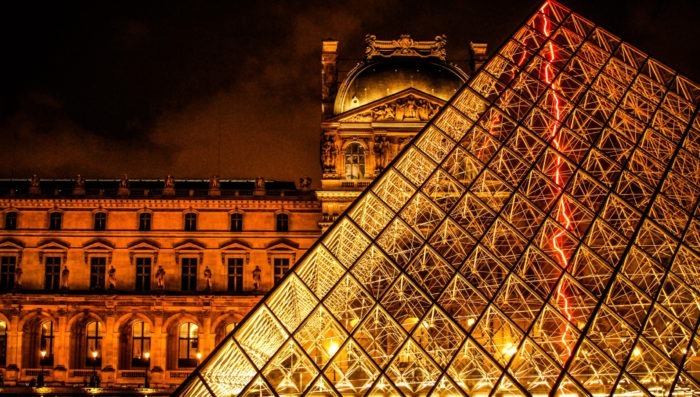
When one thinks of the Louvre, its glass pyramid often comes to mind. But this iconic pyramid is a relatively recent addition as it wasn’t completed until 1989. During François Mitterand’s presidency, he appointed Emile Biasini to manage the construction project of the Louvre. Recruited by Biasini, Chinese-American architect I.M. Pei is the genius behind the elegant glass pyramids, which made him the first foreign architect to work on the Louvre, per Architectuul.
From royals to war times, the history of the Louvre is an emblem of French heritage. Visiting the Louvre is an absolute must for your trip to Paris, and we’re sharing some of our favorite experiences at this museum.
Visit the Louvre with an Art Historian
As you’ve read, you could spend entire days exploring the Louvre and not see it all. With a premium private tour, you can see the Louvre with an art historian as your guide. You’ll even have access to museum shortcuts and direct access to important pieces. Your guide will show you the most famed pieces of the museum and share its many tales, including the burglary of the Mona Lisa in the early 1900s. Your guide will tailor your exclusive visit to your likings; whether it’s Egyptian artifacts or Dutch paintings, the choice is yours. This exclusive visit includes a welcome in front of the glass pyramid by the museum department head as well as no queuing.
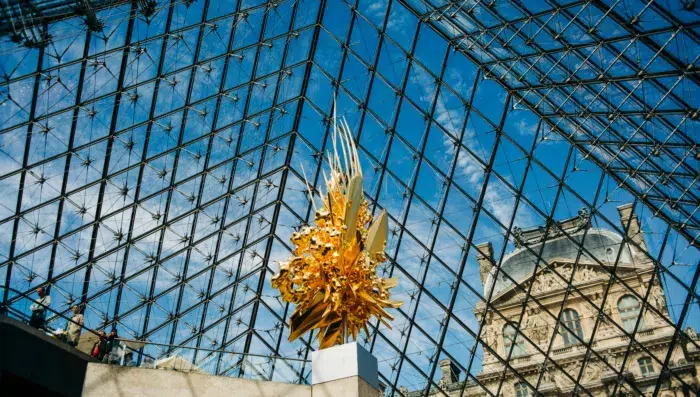
After-Hours Private Guided Visit
Not into crowds? We don’t blame you. With an after-hours visit, you’ll explore the treasures of the Louvre with room to spare. On this guided visit, you’ll have privileged access to the Louvre’s permanent collections.
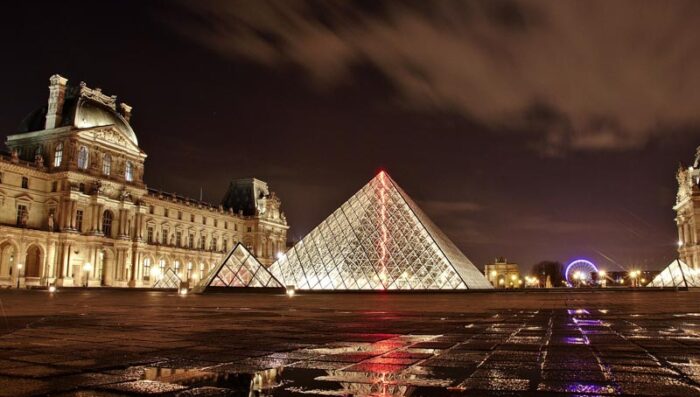
Private Louvre Scavenger Hunt
This world-renowned museum isn’t just for adults. With French Side Travel, children can delve into the world of art with a special treasure hunt. With their booklet, they’ll set out to discover the many gems of the museum and will be rewarded with a surprise gift at the conclusion of their scavenger hunt.
Where to Stay in Paris
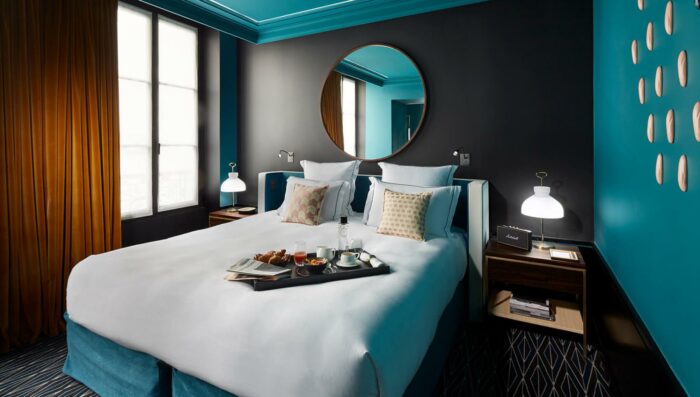
Le Roch Hotel & Spa
This five-star boutique hotel not only offers 37 luxurious rooms but also close proximity to the Louvre. Retreat from the speed of the city in the hotel’s inner courtyard and treat yourself to a trip to its hammam. A stay in Le Roch also means access to its in-house restaurant, Maison 28, where you can feast on French classics. And best of all, you’re just a hop, skip and a jump from one of the best museums in the world.
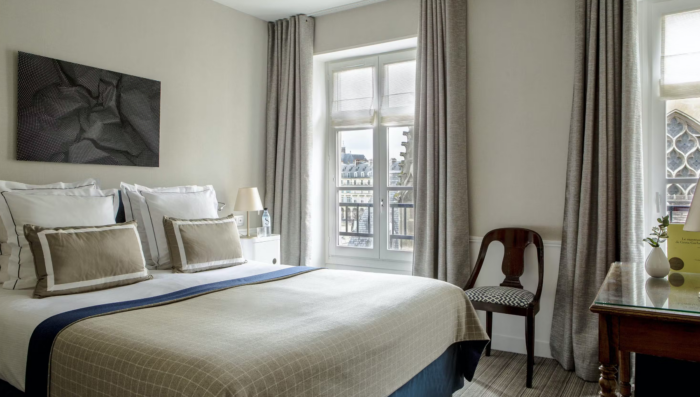
Hotel de la Place du Louvre
A day at the Louvre may just not suffice. Perhaps you crave proximity to and views of the Louvre; if that’s the case, the Hotel de la Place du Louvre has your name on it. This four-star hotel offers views of the museum as well as a history of its own. The building dates back to the 17th century and sits in a neighborhood frequented by names such as Victor Hugo and Balzac. Hotel de la Place du Louvre welcomes guests in its 20 rooms marked by chic decor and exquisite views.
Although it has thousands of pieces of artwork to explore, the history of the Louvre is also worth discovering, too. And we’re here to help. You might enjoy: A Historical and Cultural Escape to Paris or The Best of Paris in a Week. Need some help planning your trip?

